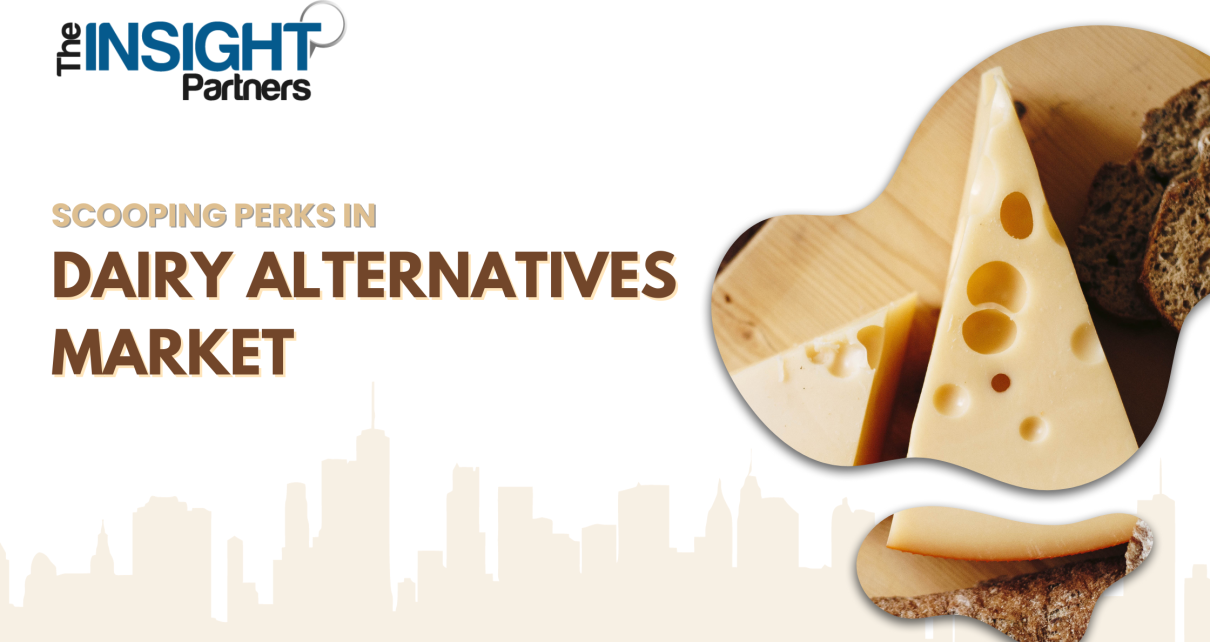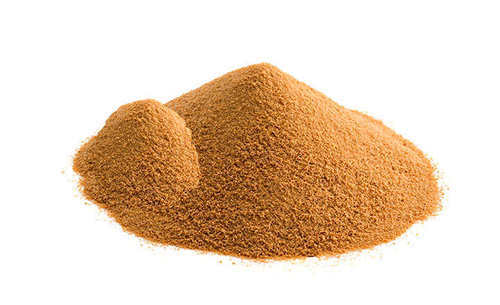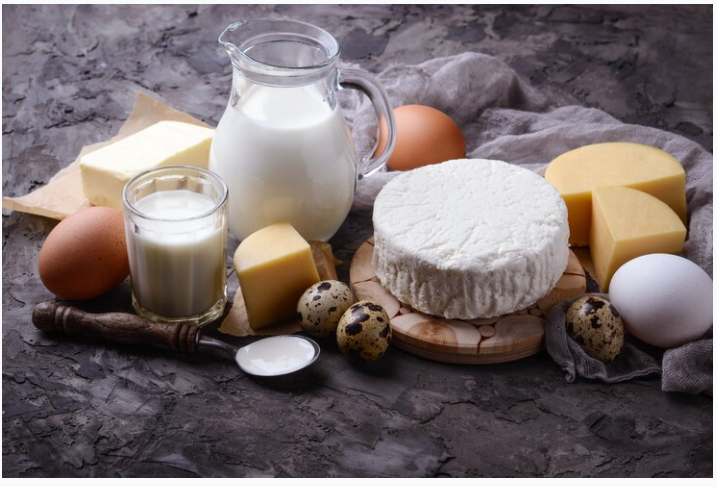The dairy alternatives market sales have substantially increased in recent years. Many people are shifting towards dairy alternatives for a variety of reasons. This trend is reflected by the rising concern about the impact of animal-based products on the planet. Every year more and more people are moving towards plant-based alternatives. This move is supported by the perceived advantages of sustainability and environmental commitment to plant-based products. Plant-based dairy alternatives market companies advertise their products on the increasing consumer notion of eco-friendliness.
The advancements in food technology have favored growth in the dairy alternatives market. The ease of availability of alternatives in different flavors with a plant-forward diet enriched in vitamins and minerals is gaining consumer attention. The alternatives such as soya, almond, coconut, rice, oat, pea, and hemp mimic the nutritional profile of dairy products. The dairy alternatives market is projected to continue its growth trajectory with increasing demand for plant-based products globally.
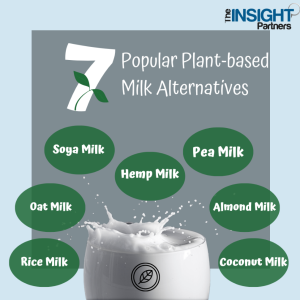
The dairy milk alternative market is expected to grow at a CAGR of 10.6% from 2022 to 2028. Based on the distribution channel, the supermarkets and hypermarkets segment held the largest market share in 2021. The online retail segment is expected to register the highest CAGR over the forecast period. The home delivery services offered by online retailers attract a large consumer base. Consumers can conveniently buy desired products remotely. Online retail is one of the fastest-growing distribution channels.
As the millennial desire for non-dairy options grows, the dairy alternatives market is expected to experience a boost. The development of a wide range of products mimicking the taste and texture of dairy products favors market growth. The overall appeal to consumers and the easy retail availability of these products increases the market scope. The exposure to Westernized diet trends of vegan diets is driving the market. Continued innovation and strategic marketing will likely drive the dairy alternatives market expansion.
Non-dairy Ice-creams to Enter the Mainstream as an Organic Replacement
The public profile for non-dairy and plant-based organic foods is moving on an upward spiral as consumers are beginning to see a deeper connection between diet, health, and the environment. Plant-based and organic replacements are hitting snacks, beverages, and even frozen desserts – ice-creams, apart from routinely eaten foods.
A shift in consumer buying behavior has compelled manufacturers to focus on producing low-sugar, less processed ingredients, and label-free ice creams. The dairy alternatives market is expected to evolve in the future as some of the leading companies join the bandwagon of introducing non-dairy ice cream.
The demand for non-dairy ice creams is expected to be strong going forward as studies continue to link a vegan diet with a healthier, longer life. Growing concerns about animal welfare issues in the food and beverage industry led to a reduction in the intake of animal-based products. Moreover, the rapidly widening range of plant-based alternatives has led to the rise of vegan culture. The non-dairy ice cream market is expected to benefit from a significant increase in the vegan population globally.
Manufacturers are putting their efforts into creating dairy-free sweets, particularly ice creams that are tasty, plant-based, healthful, and have clear labeling. Plant-based ice creams served in cones continue to remain highly preferred among consumers. Manufacturers are introducing cups and tubs for take-home and artisanal plant-based ice creams. Several traditional ice cream manufacturers are venturing into the new market. As innovation is becoming increasingly important to align with ever-evolving trends, manufacturers are driving their profit margins. The overall dairy alternatives market is expected to gain a profitable market share on account of the evolving non-dairy ice cream market.
Lactose Intolerance to Drive the Overall Market Growth
Growing awareness of lactose intolerance and milk allergies among consumers has led to increased demand for dairy alternatives. The market for dairy alternatives like almond milk, oat milk, soy milk, and others is expected to gain significant growth. A unique value ladder among non-dairy consumers was that the plant-based attribute led to moral responses based on animal treatment and environmental effects. This favors their sustainability beliefs.
The world’s growing lactose intolerant people experience gas build-up, nausea, or bloating every time they consume dairy products. These consumers are constantly on the lookout for alternatives to dairy milk in their diets. Almond milk is becoming increasingly popular among these consumers. It serves as a great alternative because it is lactose-free, vegan, and high in plant protein. The almond milk market is one of the fastest-growing non-dairy and vegan milk segments. The new generation of consumers expects high-quality, premium-brand, nutritious dairy products. This prompts global almond milk manufacturers to develop new premium products to meet consumer demands.
The dairy alternatives market is experiencing a shift towards organic milk options. This is owing to the rising health concerns among consumers. The organic almond milk market is being marketed as it is free from any additives or thickeners. Organic almond milk contains vegetable nutrients, making it the ideal source of vitamins and minerals.
Coffee Culture: Diversifying the Market Demands
The dairy-free creamer market is undergoing a modern-day surge. The revenue growth is largely accelerated by eco-minded and racially diverse youth with plant-based dairy’s popularity waning for the better part of the century. Consumers in all age brackets are accepting beverages that are allergen-free. The creamy consistency of oat milk is leading to its massive consumption in coffee. With greater availability in retail stores, diversity of choice, and even better price parity, non-dairy creamers are steadily replacing cow’s milk in coffee culture.
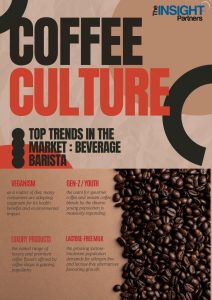
The growing acceptance of coffee culture is driving the market for instant coffee mixes that can have the flavor and look of gourmet coffee. The manufacturers are doing their utmost to provide an out-of-the-home luxury experience with instant coffee blends. The non-dairy creamer is increasingly popular among the coffee-drinking generation. This led to the addition of non-dairy creamers to several leading coffee shop franchise menus.
Cafes and restaurants are paying heed to the evolving trends and adapting to consumer preferences. The consumer shift can be attributed to influencers and social media dynamics. In revolutionizing the space with new non-dairy norms, younger generations are dedicated coffee house consumers of plant milk. Coffee shops are advertising on the platform of ongoing trends such as veganism, lactose sensitivity, and kosher diets.
One of the main reasons for the increasing demand for non-dairy creamers is the increase in the lactose-intolerant population. Non-dairy creamer manufacturers are launching innovative variations in terms of base, type, and flavor. This results in a variety of product offerings for consumers affecting their buying behavior. The availability of dairy-free creamers in various forms makes them convenient for consumers on the go or those looking for easy-to-use alternatives. The powder form dairy-free creamer has a wide range of applications in several food products. It is used in bakery products, beverages, and dairy products.
The Strength of Dairy Alternatives Market Based on Gluten-free Raw Materials
Dairy alternative foods are gaining popularity and the market for it is developing fast. Lifestyle change, interest in alternative diets, and increasing awareness about sustainable production of food lead to market growth. Plant-based dairy substitutes can serve as an option for traditional food products. The dairy alternatives market is likely to shift towards alternative plants to meet consumer’s needs and desires for healthy and intriguing products. The aspect of allergy-free and gluten-free products gains importance in this regard. There has been an increase in consumer awareness of the rapid environmental deterioration over the past few decades.
The shift towards plant-based diets as people become aware of their beneficial health implications also improves food sustainability and environmental impact. Moreover, consumer aloofness regarding allergens is growing. Not only dairy-free, but nut-free and gluten-free products are gaining market share. The avoidance of gluten is increasingly seen as a part of a healthy lifestyle.
By using gluten-free raw materials, dairy alternative ingredients market players can attract not only those avoiding dairy but also individuals with gluten intolerances or preferences for gluten-free diets. This widens the consumer base and enhances market potential. By incorporating gluten-free raw materials, manufacturers can create dairy substitutes that not only mimic the taste and texture of dairy but also offer added nutritional value.
A Glimpse of Country-wise Insights into the Dairy Alternatives Market
Vegetarian Population of India to Favor Market Dynamics
The traditional dairy businesses in India are pressured by the increasing vegan population in India. The increasing acceptance of vegan culture and veganism in the region contributes to the rise in the dairy alternatives market. India, being considered a primarily vegetarian country, favors the expansion of vegetarian-based alternatives. Plant-based milk products are positioned to hit the shelves owing to the rising health concerns about antibiotics and growth hormones found in cow’s milk. Manufacturers operating in India are introducing innovative products to attract a massive consumer base. Vegan milk has a considerable presence in the Indian market with almond and soy milk, heaping high on shop shelves.
Rise in Plant-based Diets to Drive the Dairy Alternatives Market in the United States
Vegan diets are becoming very popular in the United States as consumer demand shifts away from animal protein to plant protein. Plant-based beverages made from dairy alternatives have a large market potential. The rising consumer demand for vegan-friendly cuisine in the region favors market growth. The increasing issue of lactose intolerance makes a considerable shift towards non-dairy alternatives in the region. This is resulting in a change of lifestyle in consumers which affects the market expansion positively.
Demand for Flavored Milk and Non-dairy Ice Cream to Drive the China Market
The market for dairy alternatives in China is predicted to increase significantly over the forecast period. The China market is a prominent market for dairy substitutes as a wide range of yogurt and ice cream are consumed daily with ingredients containing dairy alternatives. Rising consumer demand for sweetened flavored soy and almond milk is predicted to drive the market in the country. Various food items and sweets are made with milk-based dairy alternatives. This is projected to drive sales forward in the China market.
Market Strategies by Leading Companies in the Dairy Alternatives Market
The dairy alternatives market is incredibly competitive. The presence of well-known and established companies increases market competition. New product development in the Food and beverage business is projected to remain a critical success factor for the dairy alternatives market players. The development of alternatives for milk-based goods is a key focus area. Many factors are using advanced production technology to manufacture high-quality products. The introduction of innovative and newer products leads to an increased product offering and attracts a broader consumer base.
Most dairy alternative manufacturers are vertically integrated into the end-user phase-in value chain via established processes. The market rivals are attempting to capitalize and raise prospects in dairy substitutes during the projection period. The manufacturers are focusing on mergers and acquisitions activities to increase their global presence and hold on the market. Many players are emphasizing the development of new items heavily to meet consumer demand. They are retaining premiumization by offering a variety of high-quality goods. The market for plant-based goods remains undeveloped and lucrative for businesses as more consumers embrace healthy eating trends.
References
Down to Earth- World’s coffee shops have emerged as plant milk’s front line
Science Direct- Consumer perception of the sustainability of dairy products and plant-based dairy alternatives
Medical News Today- Dairy alternatives: How to replace milk, cheese, butter, and more
